Advanced Therapy Massage Lotion
Login For Dealer Pricing
Biotone Advanced Therapy Massage Lotion offers excellent manipulation of skin and muscles allied with superb glide and easy workability.

Delayed onset muscle soreness (DOMS) is pain and stiffness in the muscles that develops after a period of athletic activity such as a workout. It can appear several hours or days (sometimes as much as 72 hours) after unaccustomed or unusually strenuous exercise. Typically, however, the soreness arises within the first day after exercise and peaks in intensity at around 48 hours. The soreness can be accompanied by swelling as well.
Anyone, whether an elite athlete or a “weekend warrior”, is liable to experience this condition. However, it most typically occurs in individuals who haven’t exercised for a long while.
Individuals who feel pain during or even immediately after a workout are not experiencing delayed onset muscle soreness. Instead, this is a distinct condition called acute muscle soreness that is a result of the accumulation of lactic acid in the muscles. It is temporary in that it will disappear once the period of strenuous activity has ended.
Delayed onset muscle soreness can appear after any type of high intensity exercise. The series of events leading to muscle soreness is not fully understood. However, it is particularly likely to appear after any exercise involving eccentric contractions with controlled muscle lengthening. The muscle lengthening required by eccentric exercise causes small scale damage to the skeletal muscle fibers. This damage (microscopic tears in the muscle tissues) results in a build up of inflammation. That in turn causes muscle soreness after a period of delay. Even though lengthening and damage to the muscle fibres is often accompanied by swelling and inflammation, it is the tears in the muscle rather than the swelling and inflammation that is thought to be responsible for the muscle soreness.
During the recovery period, the body adapts to prevent the same type of damage if the eccentric muscle exercise is repeated. This process of recovery causes the pain and stiffness to appear in the affected muscle groups.
The symptoms of delayed onset muscle soreness usually include one or more of the following:
In contrast to many of the other types of injuries we discuss on this site, the best way to react to delayed onset muscle soreness is not to start a period of rest. Although this may seem counter intuitive, a complete cessation of athletic activity may make the muscle pain and stiffness worse, not better.
The one exception to this rule is if your symptoms are especially severe. In this circumstance, a 24-48 hour rest period may be of some benefit. However, be careful not to extend the rest period any longer than that.
However, if the pain and stiffness are not exceptionally severe, completely refraining from athletic activity for a period may actually be counter productive. Instead, it is usually better to temporarily switch to a lower intensity exercise program which does not place as much stress on the sore muscles. Examples may include yoga, moderate intensity walking, cycling or swimming.
Alternatively, you could switch to exercises requiring the use of less affected muscles in order to allow the most affected muscle groups time to recover.
There is some evidence to suggest that starting any new exercise program gently and gradually helps to minimize muscle soreness by giving the muscles time to adapt to the new movements.
The only real treatment for delayed onset muscle soreness is patience. The good news is that this condition will resolve itself over time. This usually happens within about 72 hours of the soreness appearing. However, while waiting for the muscles to repair themselves, individuals with DOMS can take a number of steps to reduce their muscle pain and stiffness:
In some cases, severe instances of DOMS can be traced back to the diet. Certain foods can increase the levels of inflammation in the body and therefore exacerbate delayed onset muscle soreness.
It is also important to stay adequately hydrated both during and after the workout – something that many individuals neglect to do.
Ensuring you consume enough protein as soon as possible after a workout can help to boost the process of muscle repair. As we have explained above, DOMS is caused by the process of the body repairing its own muscle tissues. Consequently, anything that speeds up this process will also help to shorten the period of delayed onset muscle soreness.
Continued exercise may temporarily suppress the soreness. Exercise increases pain thresholds and pain tolerance. This effect, called exercise-induced analgesia, is known to occur in endurance training (running, cycling, swimming), but little is known about whether it also occurs in resistance training.
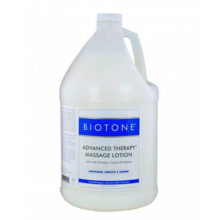
Login For Dealer Pricing
Biotone Advanced Therapy Massage Lotion offers excellent manipulation of skin and muscles allied with superb glide and easy workability.

Login For Dealer Pricing
Choose the LP Support Arm Power Sleeve to take your performance to new levels. The Power Band and Regulation Area will maintain ideal compression levels, minimize energy waste and improve kinetic capacity.
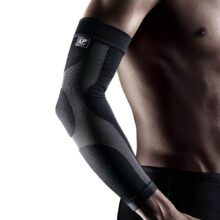
Login For Dealer Pricing
The LP EmbioZ Arm Power Sleeve with Silicone incorporates a Power System along the elbow and upper arm muscles that increases the stability and proprioception of the elbow-wrist continuous movement. It will improve the accuracy of movements of your upper extremity and bring you enhanced performance with a reduced risk of injury. Try it and prepare to be amazed.
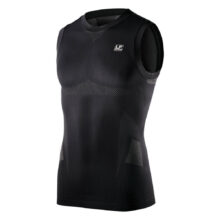
Login For Dealer Pricing
The LP EmbioZ Back Support Top with Silicone features a Power System to enhance explosive and efficient use of upper torso muscles. It combines this with a moisture wicking Comfort System, General Compression and a Seamless design to create a peerless alliance of comfort, performance improvement and injury protection.
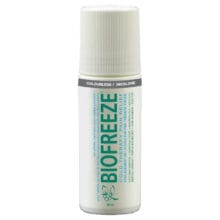
Login For Dealer Pricing
The BioFreeze Professional – 3 oz Roll On is a pain relief product that, when applied, causes menthol to bind with temperature sensitive receptors in the skin and produce a cold sensation to overwhelm the pain signals that would otherwise be felt. We apologize, but we are unable to sell this product to pharmacies, home health stores, sports stores or other retail businesses.
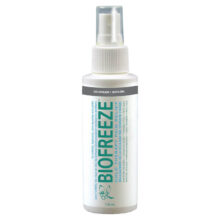
Login For Dealer Pricing
The BioFreeze Professional – 4 oz Spray is a pain relief product which, when applied, causes menthol to bind with temperature sensitive receptors in the skin and produce a cold sensation to overwhelm the pain signals that would otherwise be felt. We apologize, but we are unable to sell this product to pharmacies, home health stores, sports stores or other retail businesses.

Login For Dealer Pricing
The BioFreeze Professional – 4 oz Tube reduces pain by causing menthol to bind with temperature sensitive receptors in the skin and produce a cold sensation to overwhelm the pain signals that would otherwise be felt. We apologize, but we are unable to sell this product to pharmacies, home health stores, sports stores or other retail businesses.
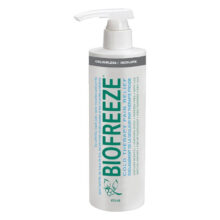
Login For Dealer Pricing
For Sale To HealthCare Professionals Only
The BioFreeze Professional – Pump Bottle is a pain relief product which, when applied, causes menthol to bind with temperature sensitive receptors in the skin and produce a cold sensation to overwhelm the pain signals that would otherwise be felt. We apologize, but we are unable to sell this product to pharmacies, home health stores, sports stores or other retail businesses.

Login For Dealer Pricing
The LP Support Calf Power Sleeve features a Y shaped Power Band, a Regulation Area and seamless Lycra for unmatched performance and comfort.
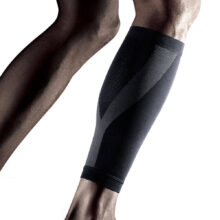
Login For Dealer Pricing
The LP EmbioZ Calf Power Sleeve with Silicone features a Power Band around the calf muscles that enhances lower extremity kinetic chain movements between the leg ankle. It also prevents overstretching, stabilizes ankle movement, increases proprioception, and enhances the effectiveness of leg movement reproduction.
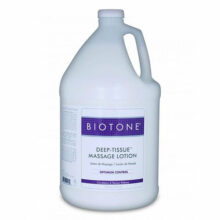
Login For Dealer Pricing
Biotone Deep Tissue Massage Lotion allows you to avoid the glide of oils and creams and gain the manipulation you need to relieve deep knotted muscles and trigger points.
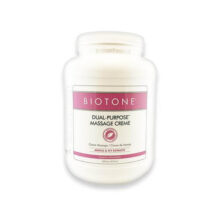
Login For Dealer Pricing
Biotone Dual Purpose Massage Creme is a superior quality massage lubricant with a texture that makes it a suitable candidate for several massage modalities,
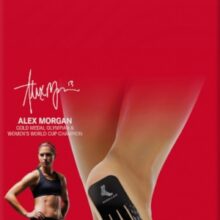
Login For Dealer Pricing
The Mueller Sports Medicine EASYfit® Kinesiology Tape applications are easy to apply, are latex free and allow complete freedom of movement while in use.

Login For Dealer Pricing
Take your sports performance to a new level with the LP Support Elbow Power Sleeve while enjoying its unrivalled comfort and perfect fit. Its Power Band, Regulation Area and seamless Lycra will provide a blend of comfort and performance beyond your expectations.
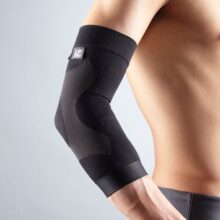
Login For Dealer Pricing
The LP EmbioZ Elbow Power Sleeve with Silicone uses an innovative Power System and the principles of compression technology to improve your performance by enhancing your energy levels, promoting proprioception and improving your overall technique and efficiency in actions involving the elbow joint. It will also reduce your risk of injury. Try it out and you will be amazed.
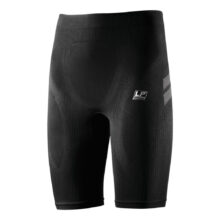
Login For Dealer Pricing
LP EmbioZ Thigh Support Compression Shorts feature a Power System on the hips and thighs to correct your hip movement patterns and facilitate advanced muscular thigh performance. This raises your speed and accuracy and helps you to complete your hip and knee movements flawlessly.
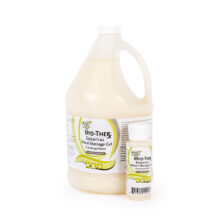
Login For Dealer Pricing
Myo-Ther Massage Gel is a general purpose gel that is suitable for all massage techniques and offers excellent spreadability and workability.
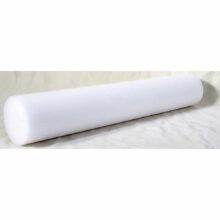
Login For Dealer Pricing
Body Sport foam rollers are valuable accessories in both stretching and rehabilitation exercise routines. Available in both full and half round shapes as well as medium and firm foam densities.
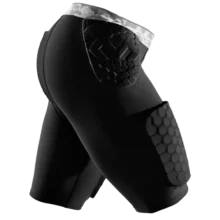
Login For Dealer Pricing
The McDavid HEX Dual Density Thudd Short uses Dual Density padding for extra protection over thighs, hips and tailbones together with hDc Moisture Management technology for unrivalled protection and comfort.
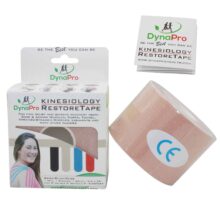
Login For Dealer Pricing
Use DynaPro Kinesiology RestoreTape for speedy pain relief and recovery from sore & aching muscles, Carpal Tunnel Syndrome, sprained ligaments, strained muscles or tendons and many other repetitive stress injuries. Available in colours black, blue, red and beige. Dimensions are 5 cm x 5 m or 5 cm x 31.5 m. This tape is hypoallergenic, latex free and made from 100% premium quality cotton fibre.

Login For Dealer Pricing
The Mueller Sports Medicine Kinesiology Tape – 30m Continuous Roll comes in a box designed for convenient dispensing and features Mueller’s revolutionary wave adhesive pattern for effective rehabilitation of sore, weak or damaged muscles or joints.
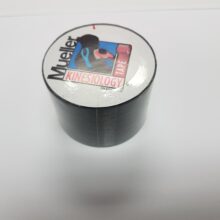
Login For Dealer Pricing
Try the Mueller Sports Medicine Kinesiology Tape – 5m Continuous Roll for rapid rehabilitation for your sore, weak or injured muscles and joints. With its revolutionary wave pattern adhesive, it will lift your skin as you move to optimize your circulation and promote early recovery to full health.
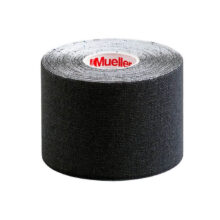
Login For Dealer Pricing
The Mueller Sports Medicine Kinesiology Tape – I-Strip Roll will lift the skin to promote blood and lymphatic circulation and reduce pain. It is designed to treat ligament injuries and repetitive stress injuries such as carpal tunnel. It is used by Olympians and professional athletes to reduce muscular pain, increase their mobility and speed their recovery from injuries.
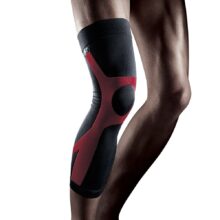
Login For Dealer Pricing
The LP Support Knee Power Sleeve will take your sports performance to new levels by improving muscle balance, minimizing energy waste and increasing kinetic energy.